Exploring human dwellings through time
All humans are indigenous to the Earth. Humanity as a species originated on this planet, and every person alive today is part of a shared evolutionary history that is deeply rooted in Earth's ecosystems. We all descend from ancient ancestors who adapted to and thrived in the diverse environments of the planet, using its resources to survive and build communities.
Historical Overview
The evolution of human dwellings tells a story of survival, adaptation, and ingenuity. In the beginning, early humans sought refuge in natural shelters like caves, using these spaces to protect themselves from predators and the elements. Over time, they began to construct their own shelters, using materials readily available in their environment—earth, stone, wood, hides and plant fibers. These early dwellings were simple yet functional, designed to meet the basic needs of safety and warmth.
As humans developed tools and technologies, dwellings became more sophisticated. In regions with fertile soil, people built with mud and clay, creating structures like adobe homes and cob cottages. In colder climates, they used timber and thatch to insulate their homes, while nomadic communities constructed portable shelters like yurts and teepees. Peoples worldwide developed unique building techniques, from the earth lodges of North America to the igloos of the Arctic, each reflecting the resources and climate of their surroundings.
With the rise of agriculture and permanent settlements, homes became central to community life, evolving into complex structures designed for comfort, storage, and social gatherings. Today, the legacy of these ancient building traditions lives on, inspiring modern architecture to reconnect with sustainable, natural materials. The story of human dwellings is a testament to our creativity, resilience, and enduring relationship with the earth.
CAVES
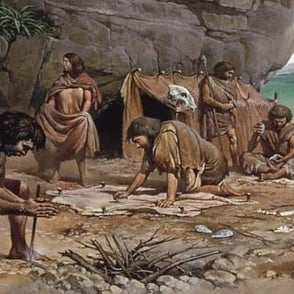
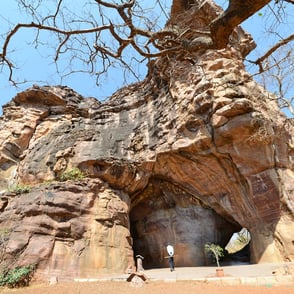
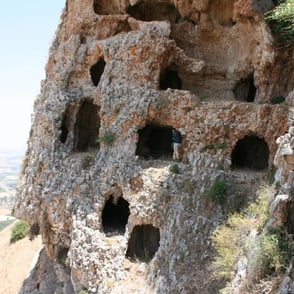
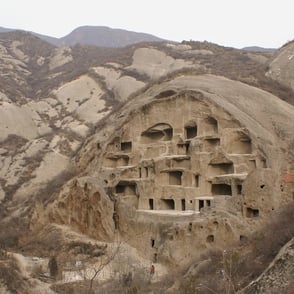
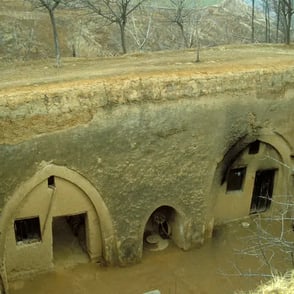
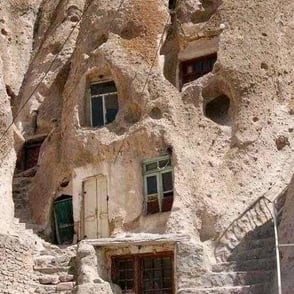
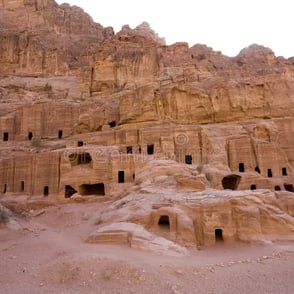
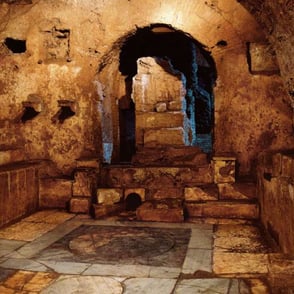
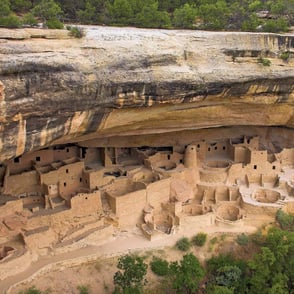
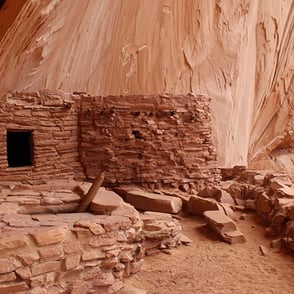
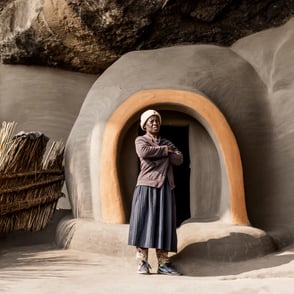
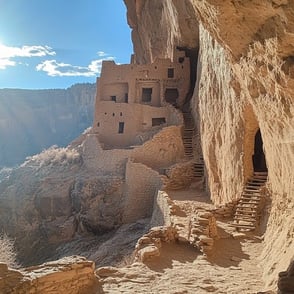
Humans have sought shelter in caves since prehistoric times, using them as natural refuges from predators and harsh weather. Early cave dwellers adapted these spaces for survival, leaving behind evidence of their lives through tools, hearths, and stunning cave art. Over time, as humans developed building techniques, caves became less common as primary homes but remained in use for specific purposes, such as religious rituals, storage, or temporary shelter. Today, some caves are still inhabited, particularly in regions like southern Spain and parts of China, blending ancient traditions with modern adaptations. Caves remain a testament to humanity’s resourcefulness and connection to the natural world.
MOBILE SHELTERS
Early civilizations with nomadic or semi-nomadic lifestyles relied on portable or seasonal shelters, like tents, lean-tos, and huts, to adapt to changing environments and follow resources such as game and crops. These structures were simple, practical, and built using local, natural materials, reflecting their deep connection to the land. There are still nomadic cultures around the world today, although their numbers have declined significantly due to urbanization, changing political boundaries, and environmental challenges. These cultures continue to adapt traditional lifestyles, often relying on herding, hunting, or gathering, and moving seasonally to access resources.
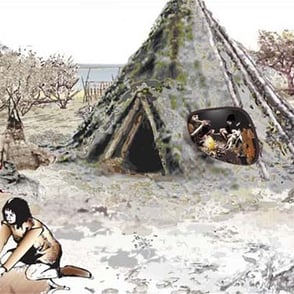

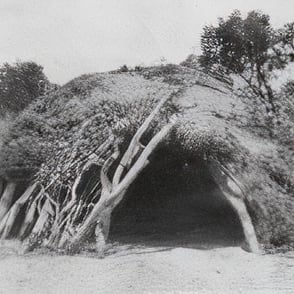
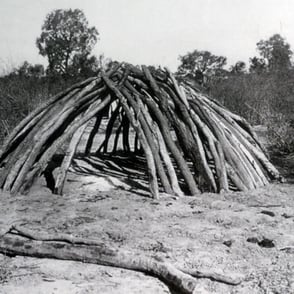
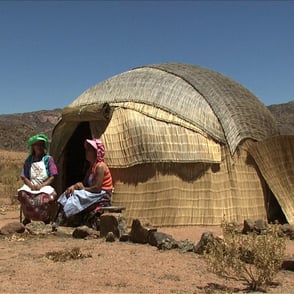
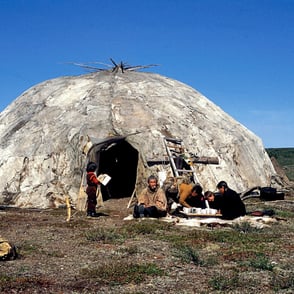
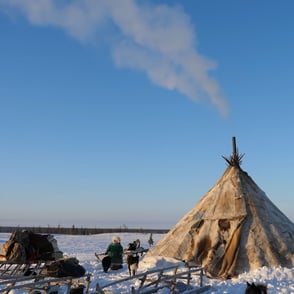
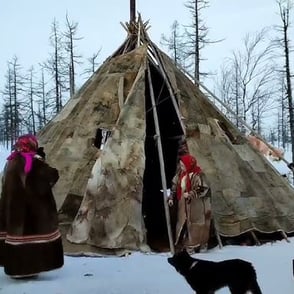
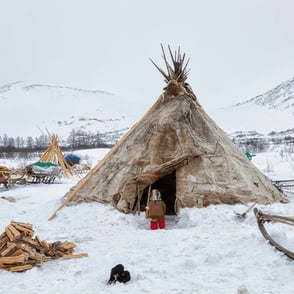




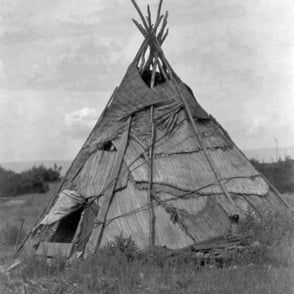
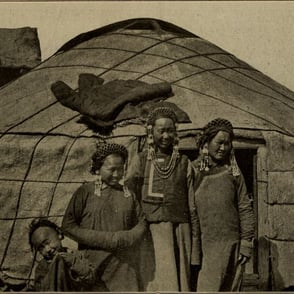



PERMANENT SHELTERS
These homes are built using natural materials like sod, clay, sand, straw or grasses, wood and stone making them sustainable, durable, and energy-efficient. Techniques such as sod, cob, adobe and dry stack stone have been used for thousands of years across cultures to create structures that are naturally insulated - making them cool in the summer and warm in the winter. These homes blend beautifully with the landscape and remain a practical, timeless solution for sustainable living.

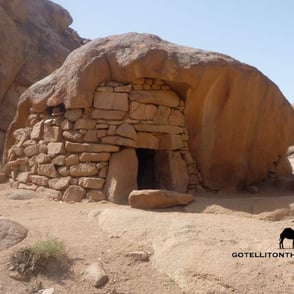
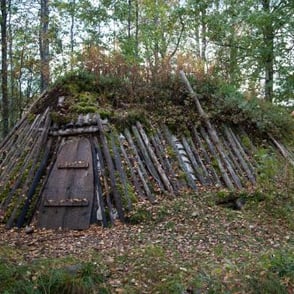
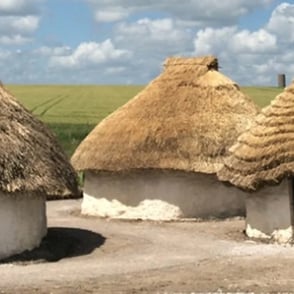
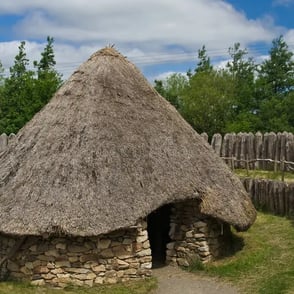
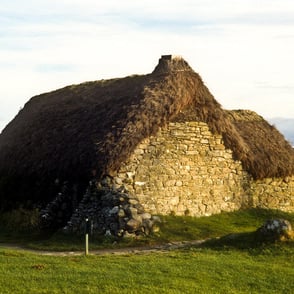

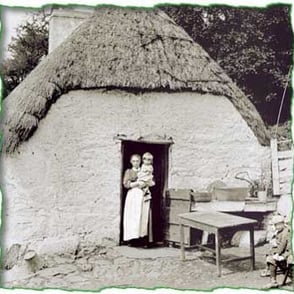
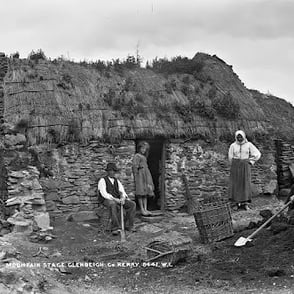
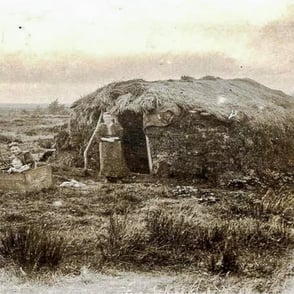
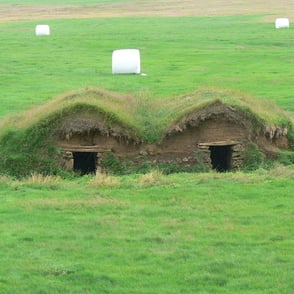

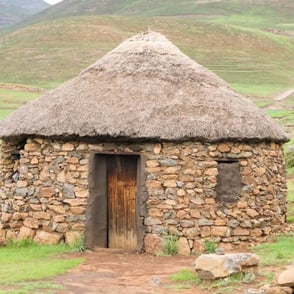
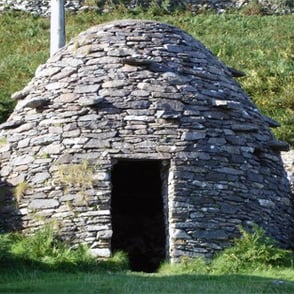
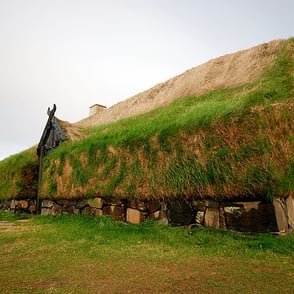


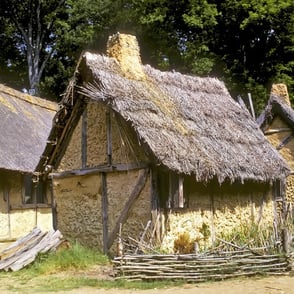
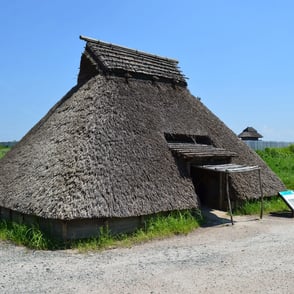
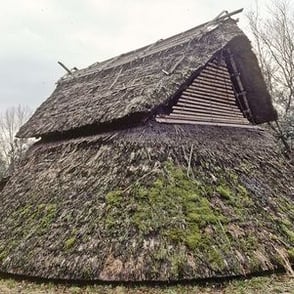
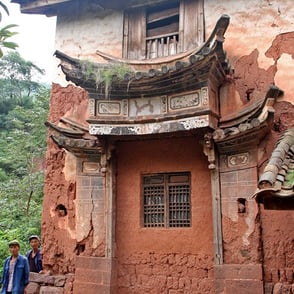
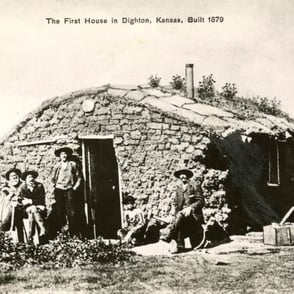
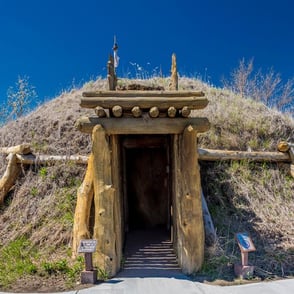
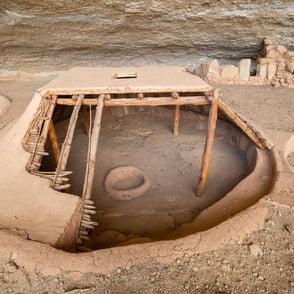

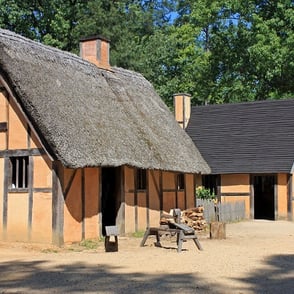


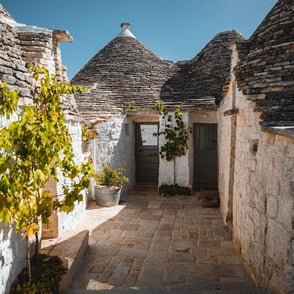
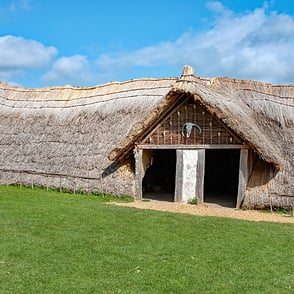
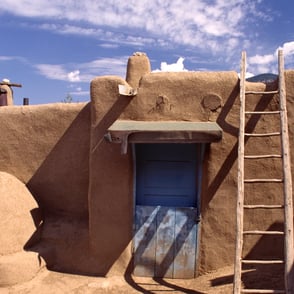
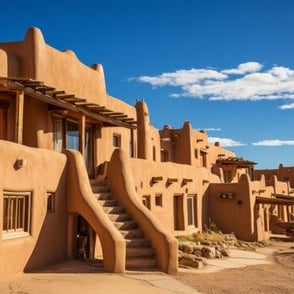
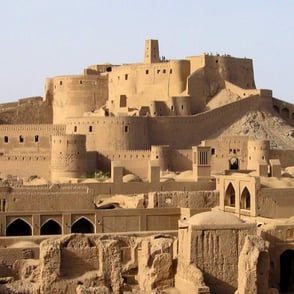
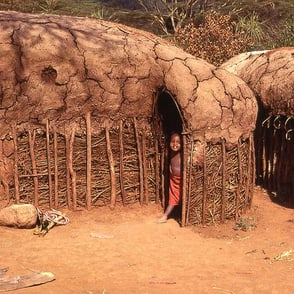
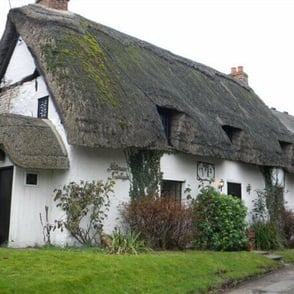
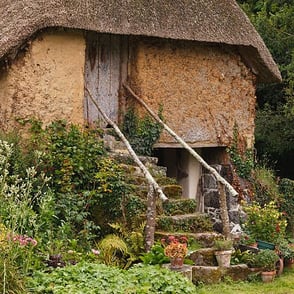
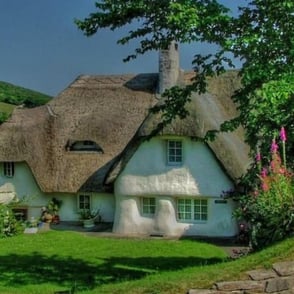
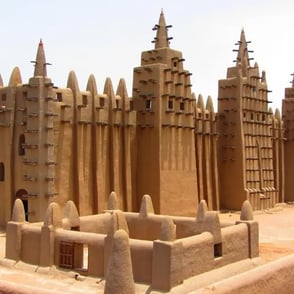
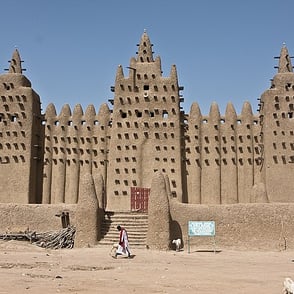
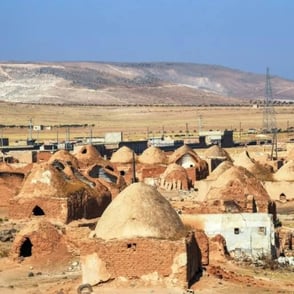
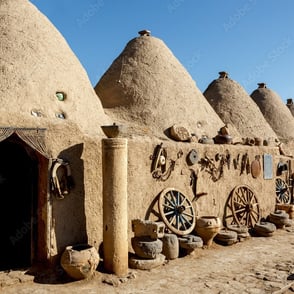
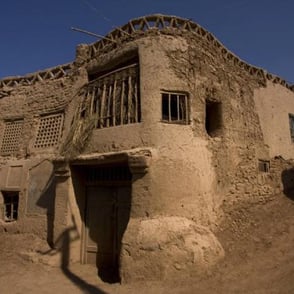
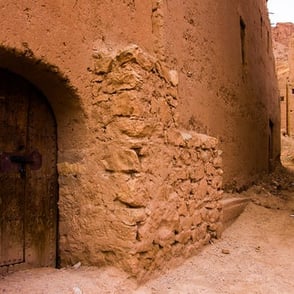
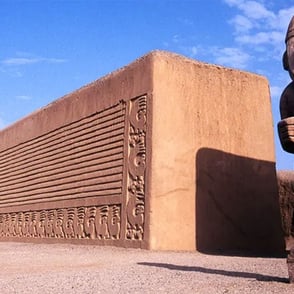
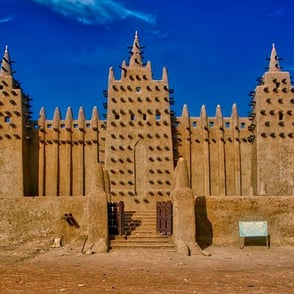
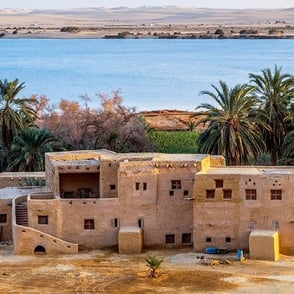
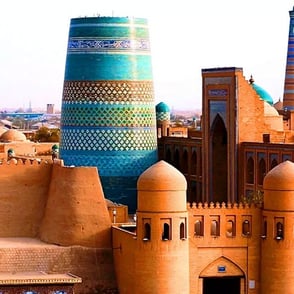
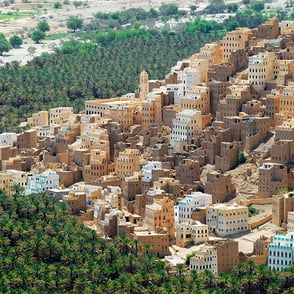
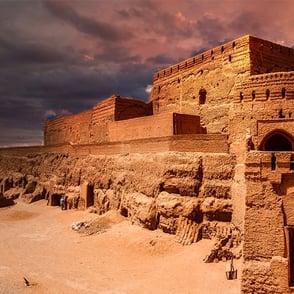

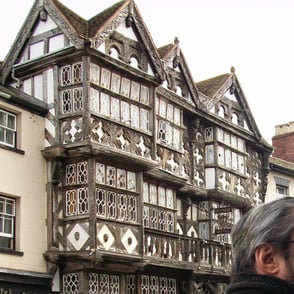
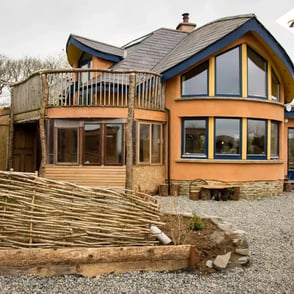
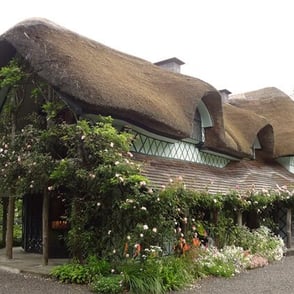
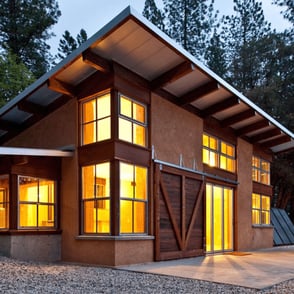
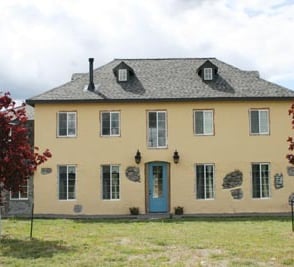

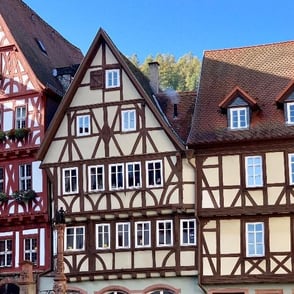
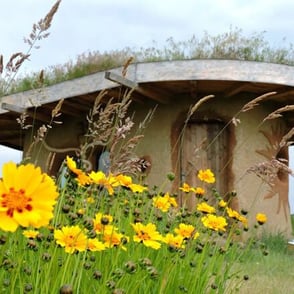
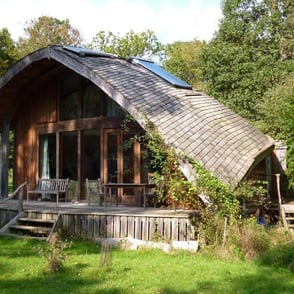
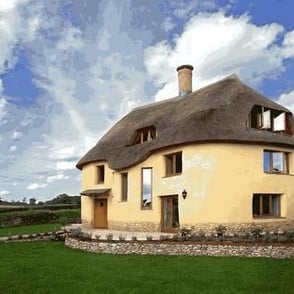
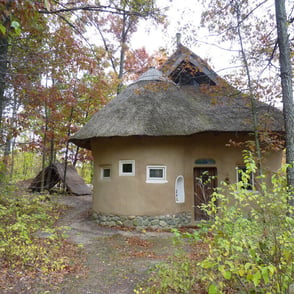
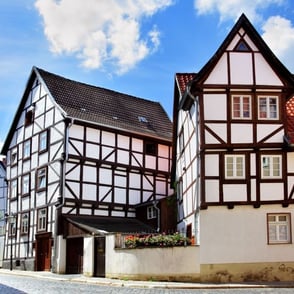
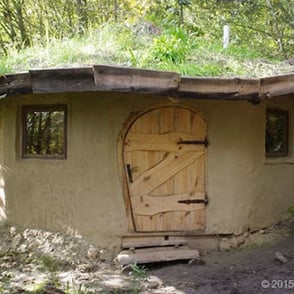
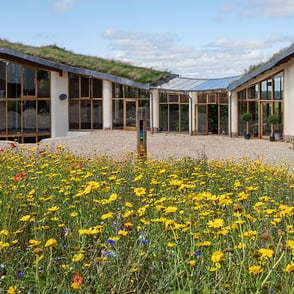


Structures
Explore diverse natural building methods through our stunning photo galleries.




Sustainability
Learn to build with natural materials effectively.
Community
© 2024. All rights reserved.
